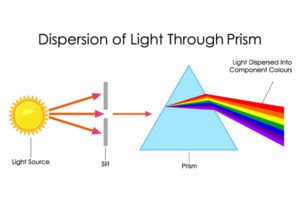Celebrate National Science Day – 28th February
Science is a beautiful gift to humanity; we should not distort it.
– A.P.J. Abdul Kalam
National Science Day
National Science Day is celebrated every year to commemorate the discovery of the Raman Effect.
On this day, Sir CV Raman had announced the discovery of the Raman Effect for which he was
awarded the Nobel Prize in 1930.
What is the Raman effect?
Raman effect, change in the wavelength of light that occurs when a light beam is deflected by
molecules. When a beam of light traverses a dust-free, transparent sample of a chemical compound,
a small fraction of the light emerges in directions other than that of the incident (incoming) beam.

How to handle Science as a subject with students
Research shows that curiosity is one of eight core abilities that drive successful kids. So how do we
make our students curious?
Bring the following practice for teaching science to grades 3-5 and create a positive learning
experience.
1. Build observation by bringing in activities (move from concrete to abstract) and let students
record it in their note book
2. Push students to ask questions so as to build critical thinking. Questions like – Why did that
happen? What happens next? What will happen if I do this? This will help them to see the connect and build on their understanding.
3. Build on their Science vocabulary for grasping foundational science concepts and deepening comprehension. Bring in visuals for better understanding.
4. Through participation build confidence. Engage students in hands on activities either individually or in a small group to build in a feeling of ‘I can do it’
5. Work on Math skills and provide opportunities for problem solving and building on Independent thinking.
6. Compulsory Science tool kit for the classroom can be created for encouraging independent
thinking & keeping their curiosity going. The kit can have a magnifying glass, magnets,



